

EXOVA Dubai has recently enhanced its testing capabilities, in a bid to set a new benchmark in testing expertise.
In line with the GCC’s drive towards Leed (Leadership in energy and environmental design) certification for energy-efficient buildings, the company has upgraded its facilities for testing both the acoustic and the thermal transmission (U-value) properties of structures with particular emphasis on wall cladding.
Among the first projects to be acoustically tested since the upgrade was a high-performance curtain-wall system that was specifically designed for a high-rise project being constructed close to an airport facility.
 |
|
The U-value and acoustic (top) testing |
“The glass and aluminium sample performed well under the test conditions,” says Paul Cope, acoustics manager.
The purpose-built 380-sq-m acoustic facility was completed in February and provides a 10-sq-m opening designed to test a variety of building elements including curtain-walls, partitions, doors, masonry and cinema walls.
The laboratory has been designed and developed with support from PKA Acoustic Consulting in Sydney, Australia. “The design is innovative and draws on a great deal of specialist knowledge and experience – in particular the assessment of, and lessons learned from, other ISO17025-accredited test facilities around the world,” he says.
Elaborating on the acoustic facility, Cope says: “The performance of the facility relies on a pair of acoustically-separated rooms of specific volumes. These are, in turn, acoustically separated from the ground and the sample frame. The internal chambers are furthermore independent of a pair of outer chambers that are designed to deal with flanking transmission – noise that travels out through one inner chamber wall and re-enters the other chamber wall extraneously. The outer chambers and the hangar that the whole facility is built within also keep out general ambient noise from other sources in the area.”
U-value, a measure of the thermal transmission of a material, is an important component in understanding thermally energy-efficient buildings, as required by the building code, designers and architects to ensure that developers have the most efficient structures possible.
“In colder climates, it is generally important to keep the heat within the buildings to be energy efficient. Within the GCC, however, it is typically quite the opposite, where, for most of the year people want to prevent heat from entering the building so that our internally cooled spaces remain so,” says Manoj Kumar, the laboratory manager.
“While there is plenty of information about the U-value of single materials, there is a need to evaluate the impact of the other component parts of the wall cladding and how they interact to give a true U-value for the system as a whole. To address this and eliminate the need for assumptions and guesswork, Exova has built a state-of-the-art U-value testing facility in Dubai,” he says.
“This chamber measures the U-value of the complete wall system inclusive of windows, frames, vents and block-work,” Kumar continues. “The principle used is the calibrated hot-box method, which incorporates a pair of chambers for which the thermal transmission is precisely known. The sample preparation process is vital and the conditioning phase extensive, with samples being monitored to 0.1 degree accuracy for at least eight hours before the testing even begins.”
The new acoustic and U-value testing laboratories, which are the only ones of their type in the region, are located at Al Futtaim Exova’s Façade Testing and Advisory Services division in Dubai Investments Park.
Exova mainly uses UKAS as its accreditation provider, with the new U-value and acoustics facilities’ scope being an extension of the façades facility scope, thus expanding the company’s regional UKAS scope to in excess of 400 tests and calibrations, according to Cope.
New developments in the pipeline this year will expand this to more than 600 accredited processes, according to the company.
“To further enhance its reputation and accelerate its growth, Exova has not stopped there. The acoustics and thermal facilities are integrated parts of the façade technology facility, which has been the leader in weather-tightness testing in the region for many years. Exova also conducts a wide range of on-site testing processes. This also integrates and complements Exova’s existing Environmental Division, which supports local consultants with environmental impact assessments and noise level monitoring throughout the region,” Cope adds.



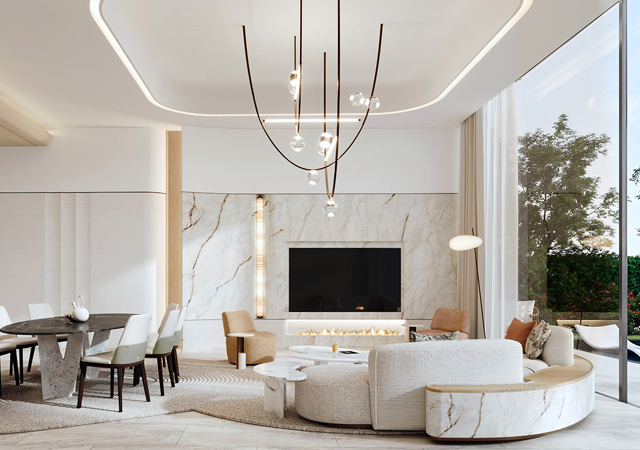
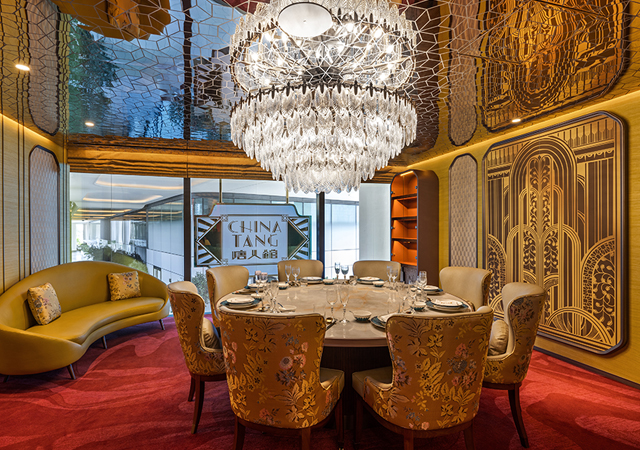

.jpg)
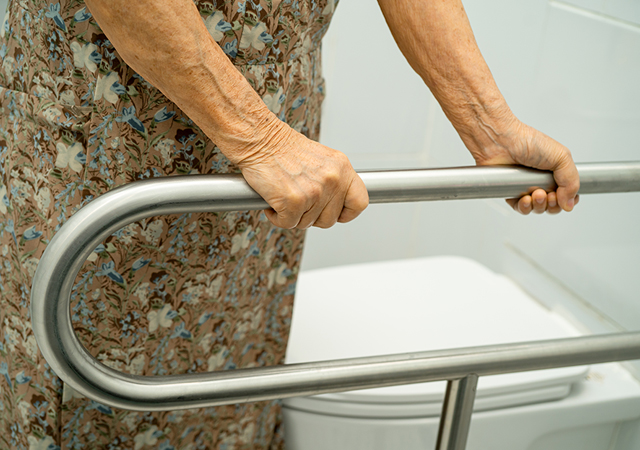

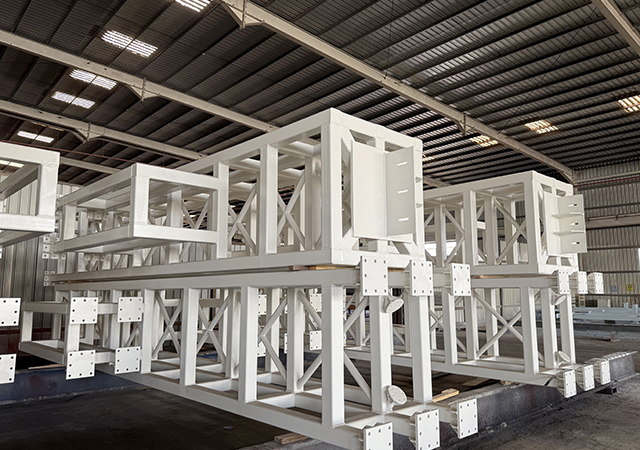
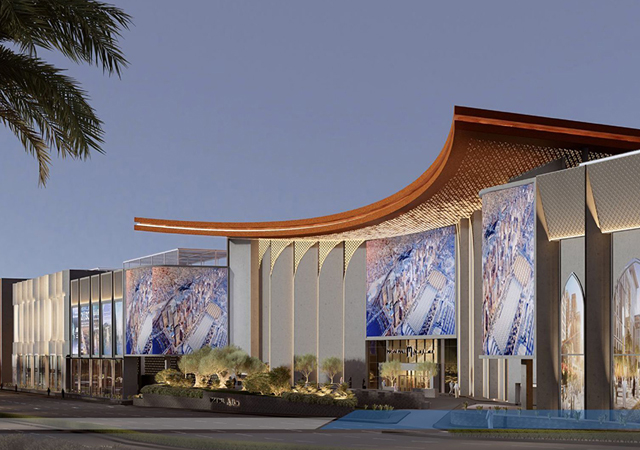
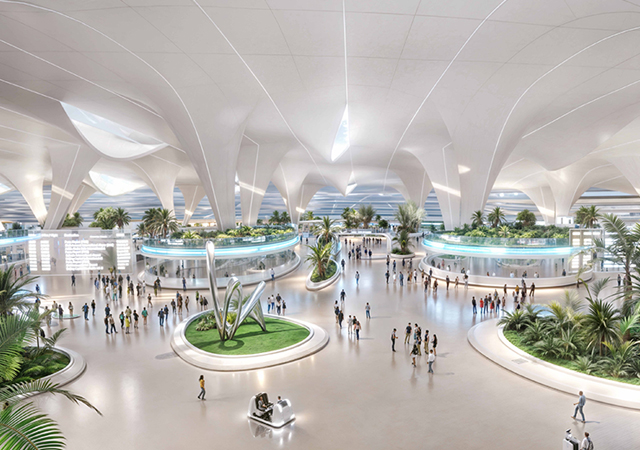

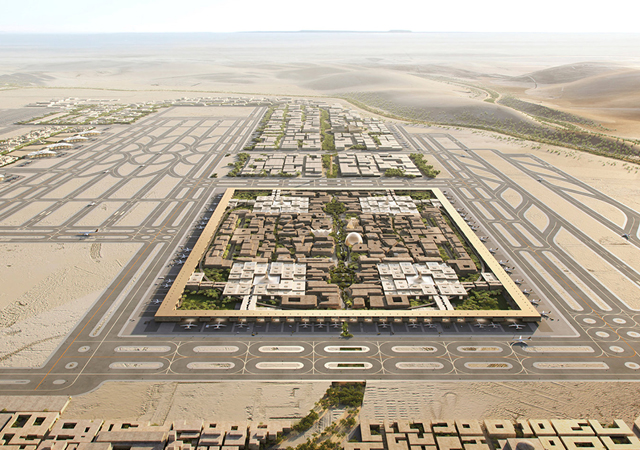
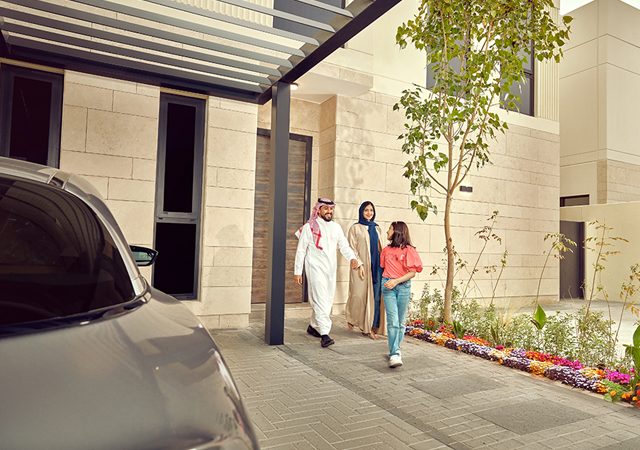
.jpg)

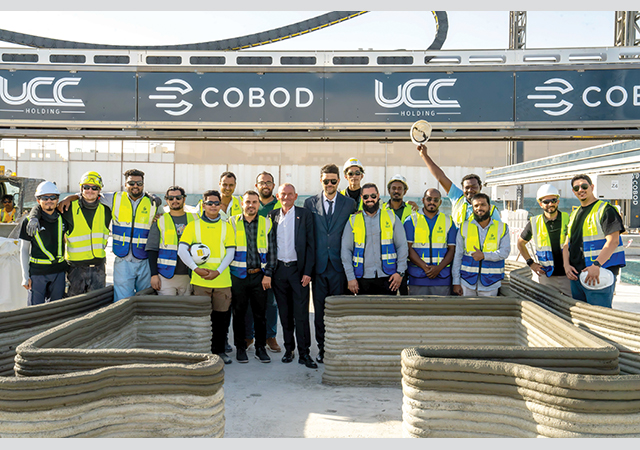
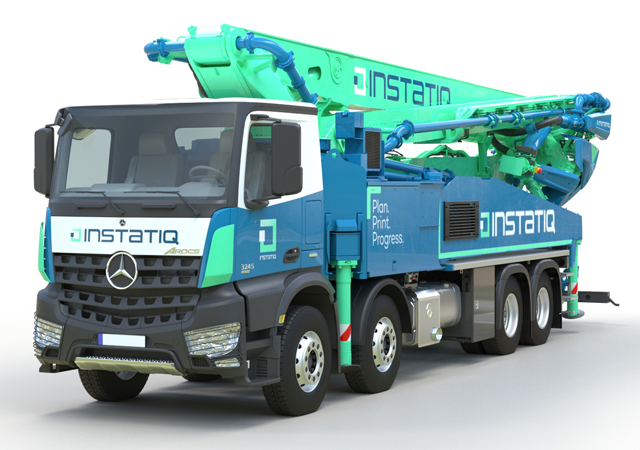
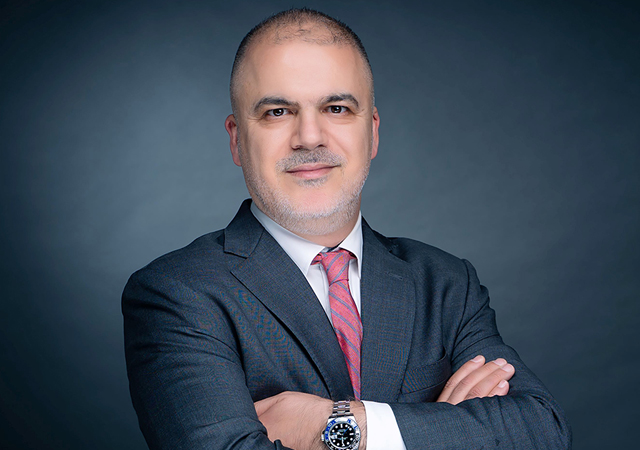
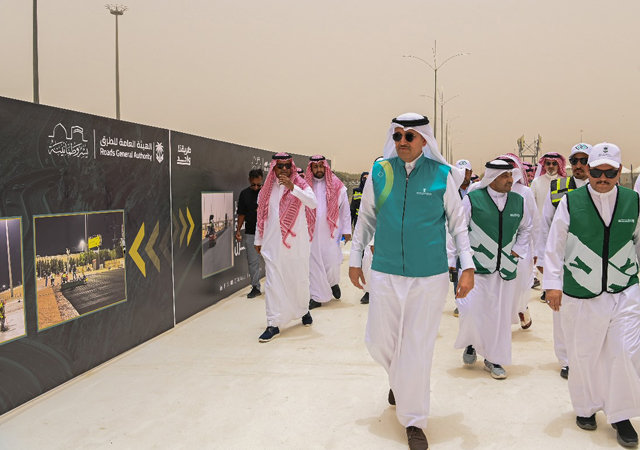
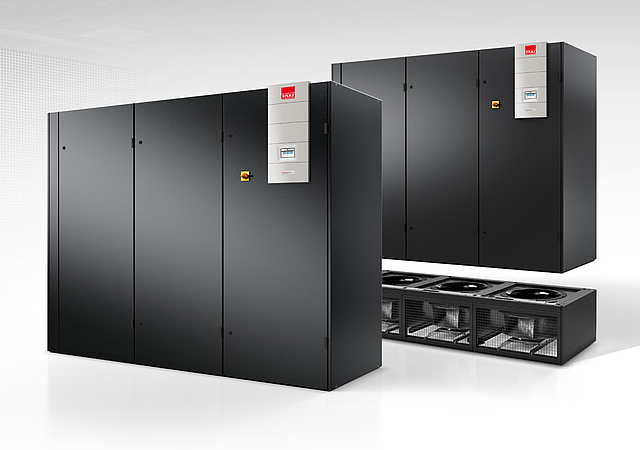
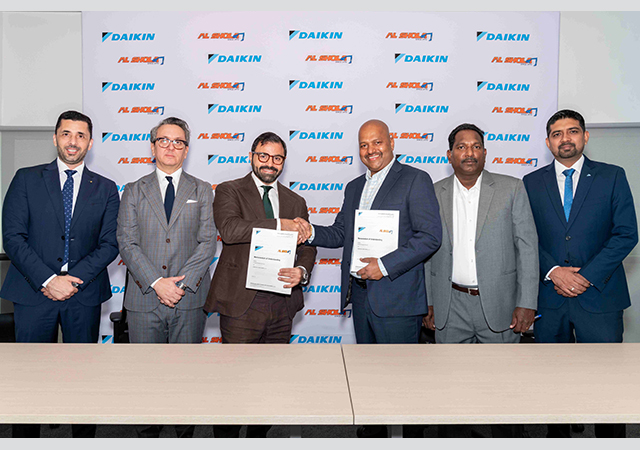
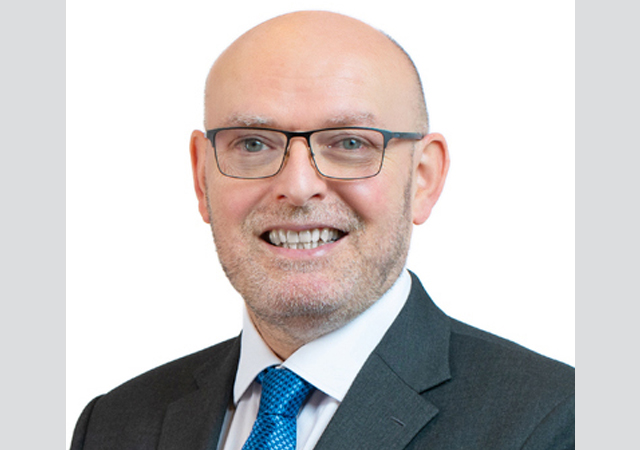
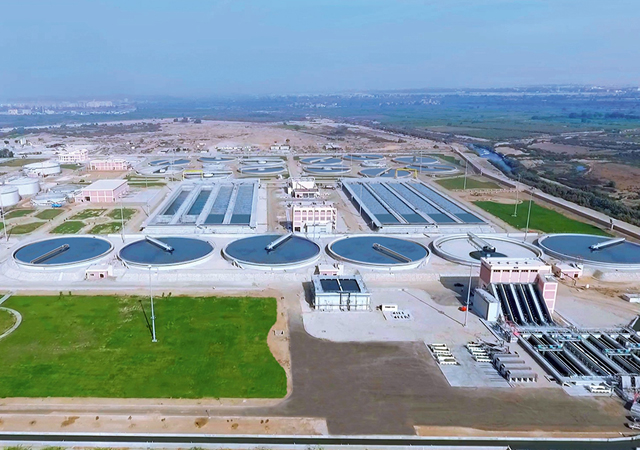



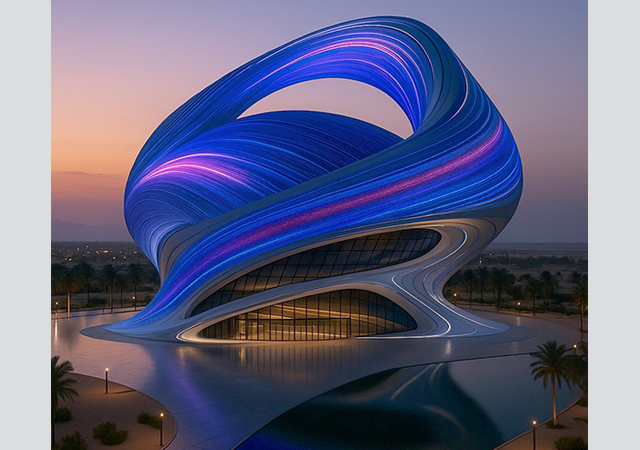
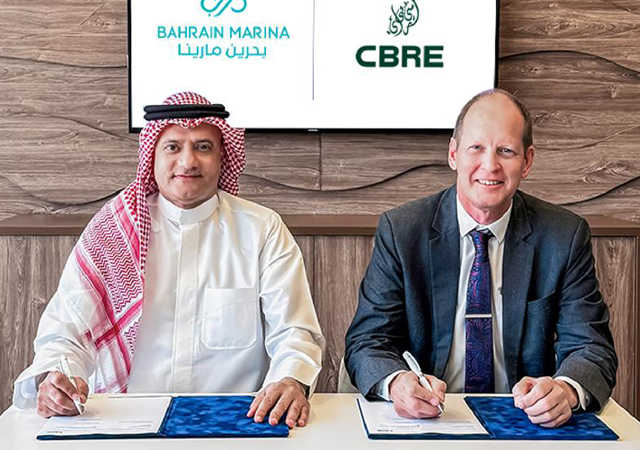
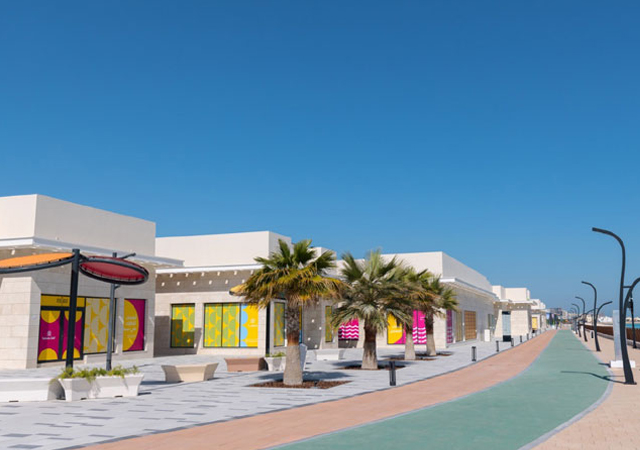
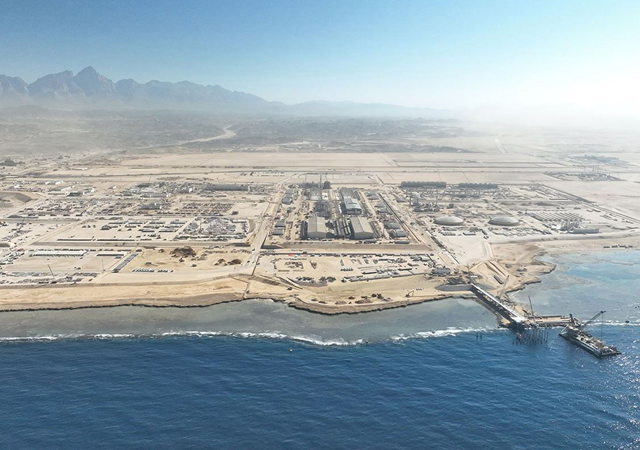
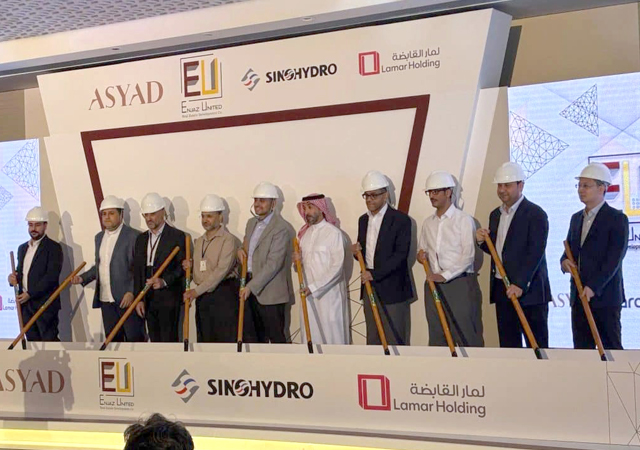

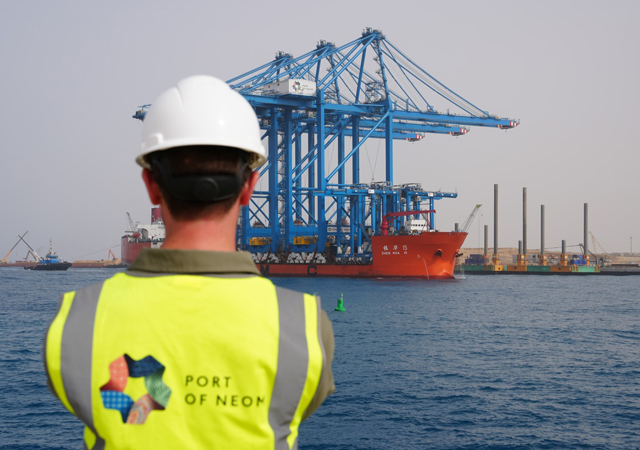
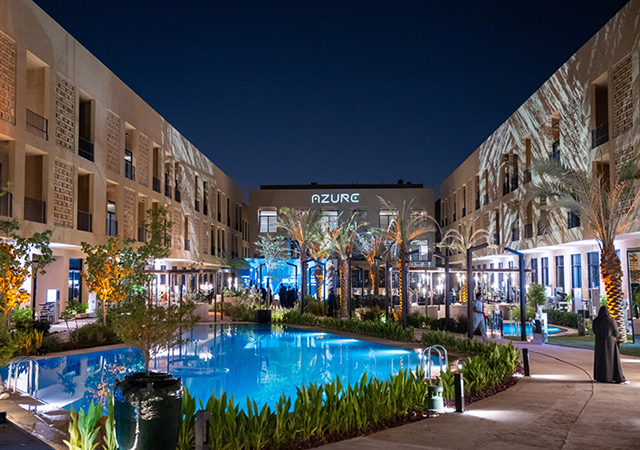
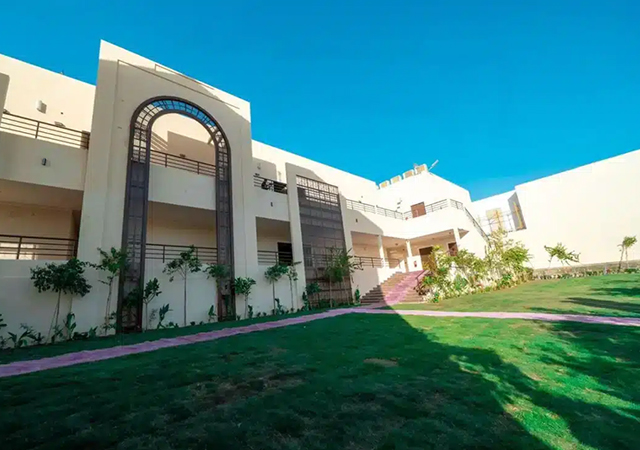
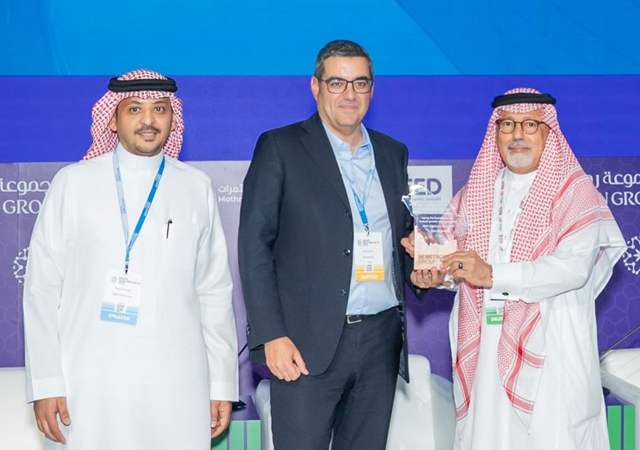
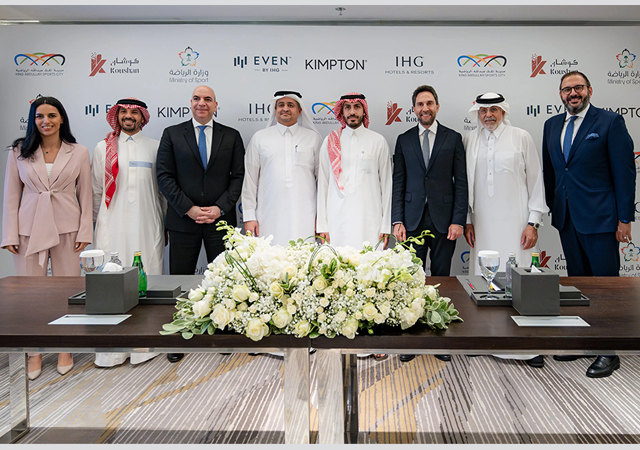
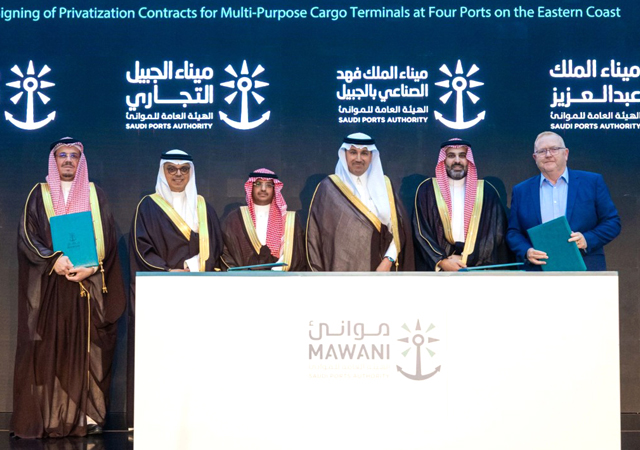


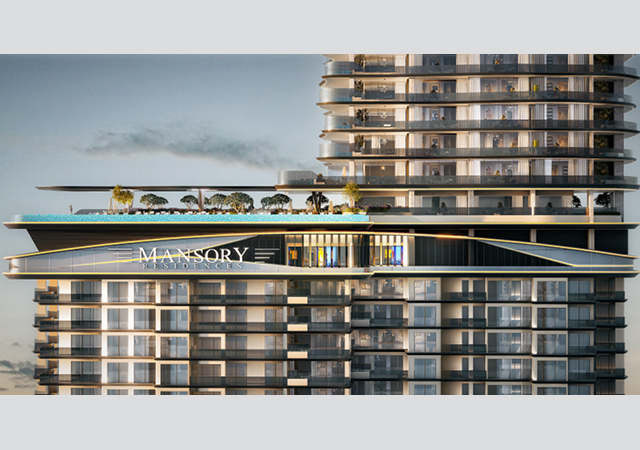
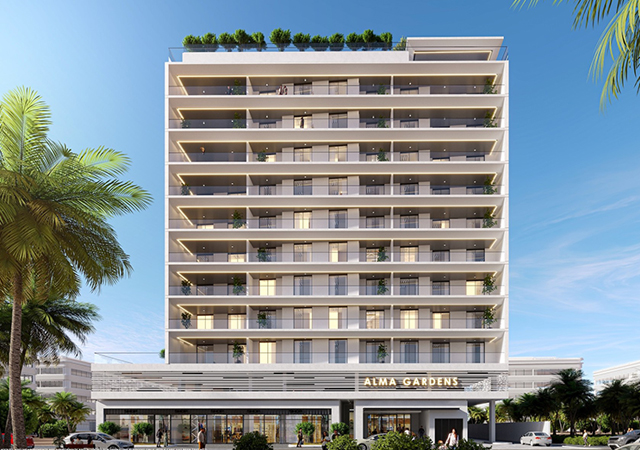

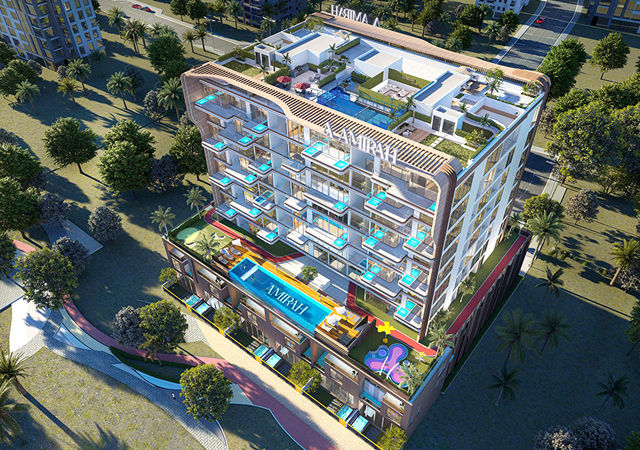



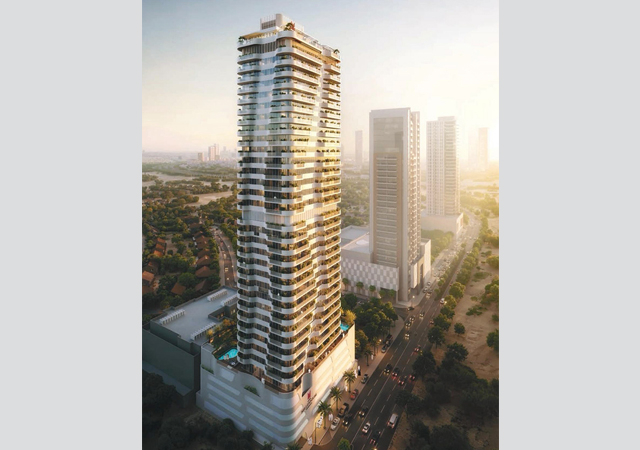

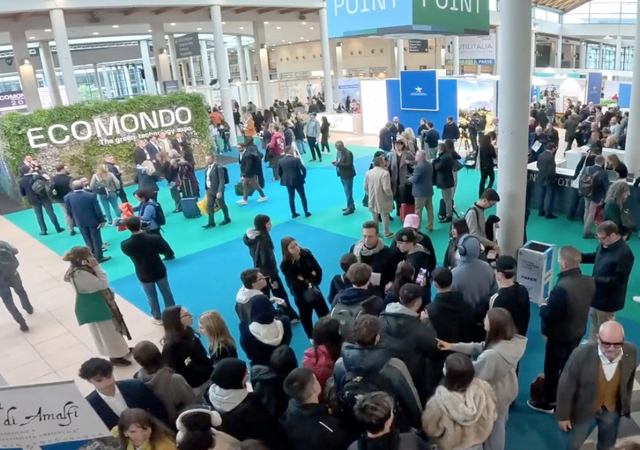
.jpg)









.jpg)